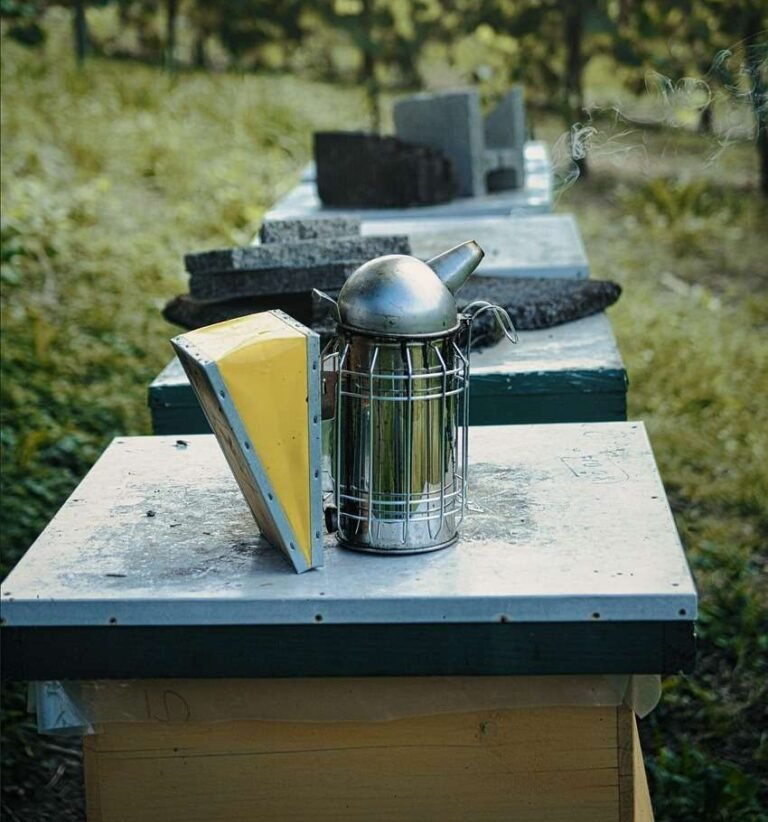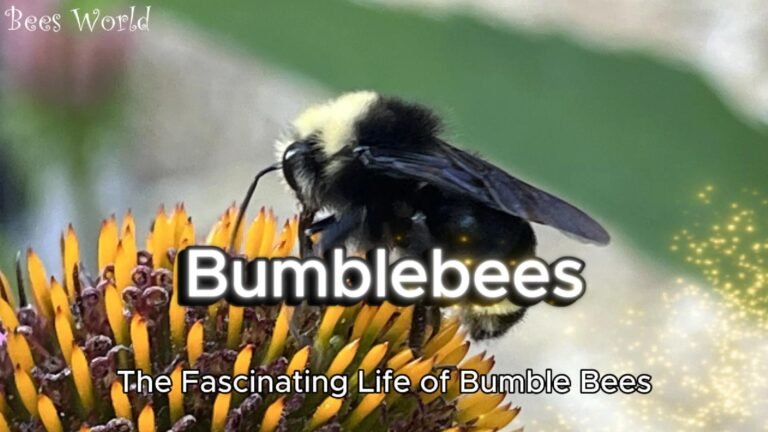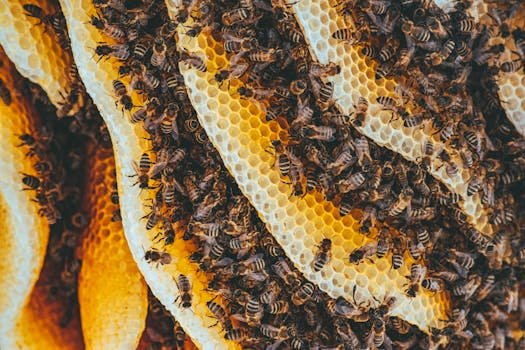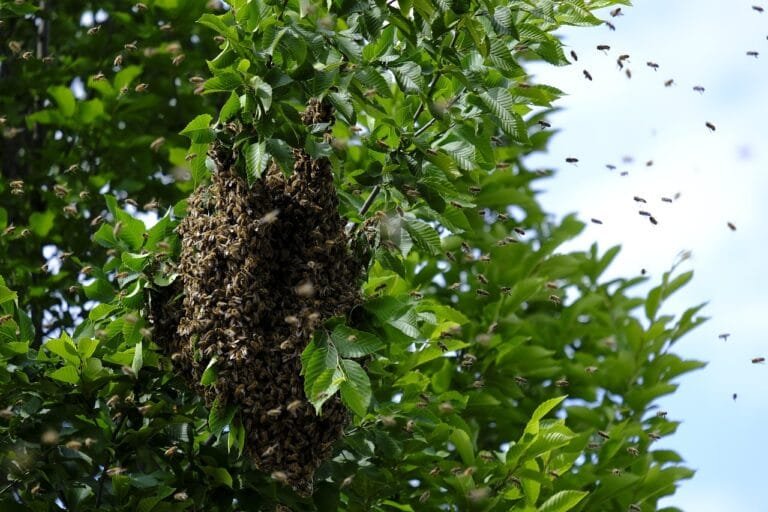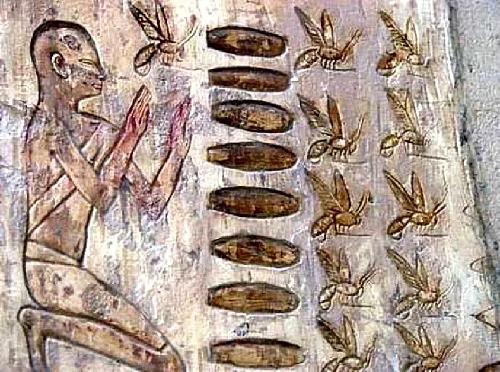History of Modern Beekeeping
Modern beekeeping represents a remarkable transformation from ancient honey hunting practices to today’s sophisticated technological systems. This evolution spans centuries of innovation, scientific discovery, and technological advancement that has revolutionized how humans interact with and care for honey bees. The Foundation Era (1500-1945) Revolutionary Hive Designs The modern era of beekeeping began with fundamental innovations […]

